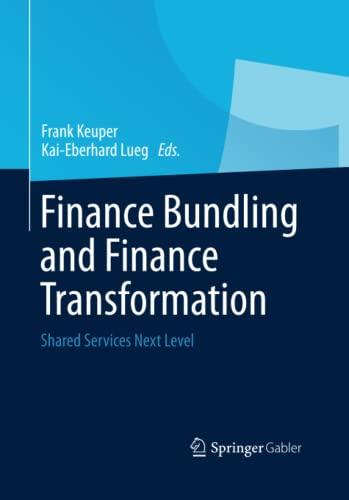

\begin{tabular}{l} Bank B \\ \begin{tabular}{|l|l|} \hline Assets & Liabilities \\ \hline Reserves 10 & Deposits 100 \\ Loans 230 & Wholesale Funding (Repos) 170 \\ Other Assets 80 & Net worth (or "capital") 50 \\ \hline \end{tabular} \\ \hline \end{tabular} e) Which bank is more likely to become insolvent? Explain why and in your answer define insolvency. In general what is the relationship between the leverage ratio, expected (no default) return to capital and the chance of becoming insolvent? f) Deposit accounts up to $250,000 are backed by the FDIC. This backing has eliminated runs by depositors. Wholesale funding (e.g. Repos) is much larger than $250,000 per account and hence 2 is not backed by FDIC. If the wholesale funding are "Repos" then the banks loans and other assets serve as collateral for the wholesale funds. Wholesale funds are lent to banks for short periods of time, as short as overnight. HERE ARE THE QUESTIONS: Suppose that something happens which increases the uncertainty about the value of bank loans and other assets. Are wholesale funders likely to still be willing to lend as much to banks? Why or why not? If not how will banks initially attempt to pay back the wholesale funders? g) Which bank is more likely to become insolvent? Which bank is likely to experience a run, and have liquidity issues? What is the difference between being illiquid and being insolvent? h) Once Bank A and Bank B have paid out their reserves to wholesale funders, what will they do next if wholesale funders are demanding for payments? What is likely to happen to bank net worth as a consequence? In others words, how can illiquidity cause insolvency? \begin{tabular}{l} Bank B \\ \begin{tabular}{|l|l|} \hline Assets & Liabilities \\ \hline Reserves 10 & Deposits 100 \\ Loans 230 & Wholesale Funding (Repos) 170 \\ Other Assets 80 & Net worth (or "capital") 50 \\ \hline \end{tabular} \\ \hline \end{tabular} e) Which bank is more likely to become insolvent? Explain why and in your answer define insolvency. In general what is the relationship between the leverage ratio, expected (no default) return to capital and the chance of becoming insolvent? f) Deposit accounts up to $250,000 are backed by the FDIC. This backing has eliminated runs by depositors. Wholesale funding (e.g. Repos) is much larger than $250,000 per account and hence 2 is not backed by FDIC. If the wholesale funding are "Repos" then the banks loans and other assets serve as collateral for the wholesale funds. Wholesale funds are lent to banks for short periods of time, as short as overnight. HERE ARE THE QUESTIONS: Suppose that something happens which increases the uncertainty about the value of bank loans and other assets. Are wholesale funders likely to still be willing to lend as much to banks? Why or why not? If not how will banks initially attempt to pay back the wholesale funders? g) Which bank is more likely to become insolvent? Which bank is likely to experience a run, and have liquidity issues? What is the difference between being illiquid and being insolvent? h) Once Bank A and Bank B have paid out their reserves to wholesale funders, what will they do next if wholesale funders are demanding for payments? What is likely to happen to bank net worth as a consequence? In others words, how can illiquidity cause insolvency








